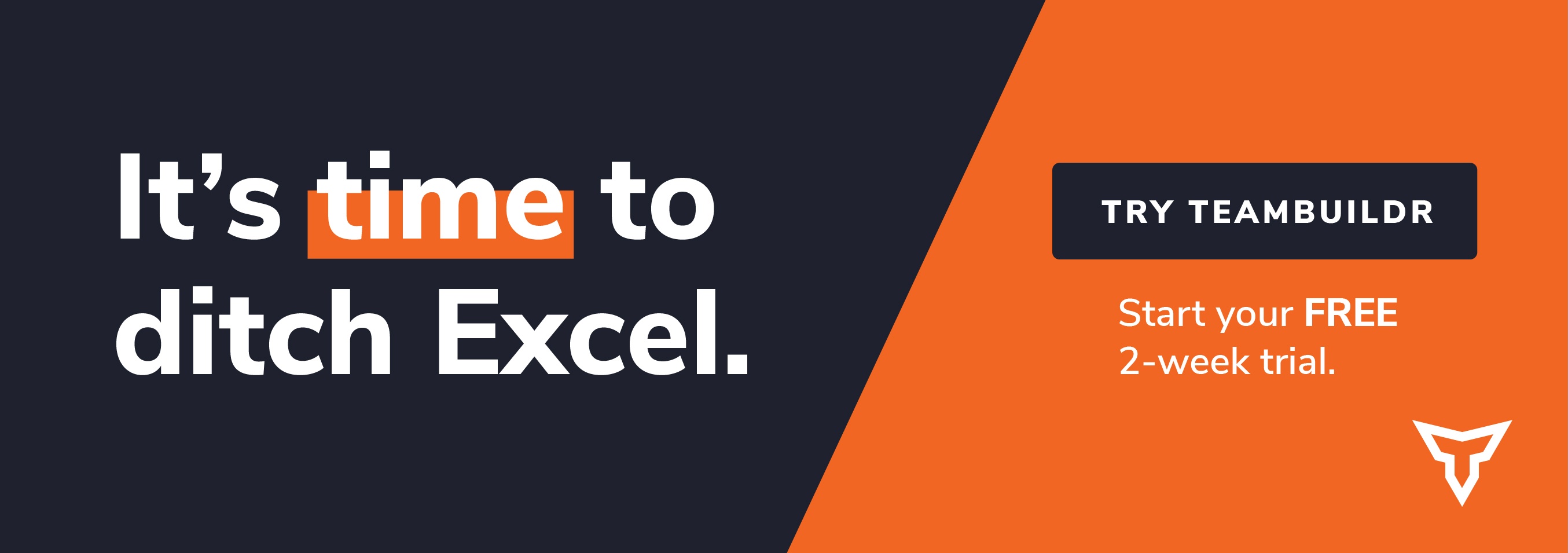Let's Talk About Stress, Recovery, and Performance
Let's talk about Stress, Recovery, and how they both impact performance.
Stress is absolutely essential for both physiological and performance adaptations, no one will refute its importance, but problems tend to present themselves when we do not properly evaluate how much we can add to an athlete’s internal environment. What often is misunderstood is that its importance is heavily tied to an individual’s ability to recover from it, which is reliant on an individual’s environmental variability and individual awareness.
We live in a state of constant stimulus; our individual homeostatic and allostatic mechanisms are constantly fighting to regulate our internal environments for optimal system performance. Unfortunately, our biology is not conducive to our current lifestyles and the constant engagement they provide. The everyday stimuli we are subjected to falsely illicit a threat response, throwing us into an overly sympathetic neurological state (otherwise known as Fight or Flight). This state is useful if we are hunting or being hunted, but not useful if we are worried about paying our bills or catching the right train. A few things may happen when we find ourselves victims of chronic sympathetic tone; including poor decision making, poor digestion, poor immunology, increased cardiovascular risk, increased muscle rigidity and decreased neural output, increased cortisol and lowered adrenal markers, decreased libido, chronic fatigue, and increased dopaminergic response thresholds with correlative decreases in the neurotransmitters release.
In sum, all these things can create a perfect storm for both athletes and general population clients as we coaches may end up compounding their stress with more physical, mechanical, and oxidative stress, if unaware of their current lifestyle considerations. Many of our clients may begin experiencing diminishing returns, decreased motivation, and frequent injury due to poor stress coping mechanisms and related stress recovery. Bottom line, an athlete that is constantly sympathetic will be running inefficiently by the time they are actually called upon to compete. At this point, many coaches will unsuccessfully begin tweaking their programs, periodization, and exercise selections when they should be taking a much larger look at their athlete’s individual lifestyles. We can expect much better feedback when looking at sleep patterns and circadian coherence, heart rate variability (HRV) measurements, and blood work (stress markers).
When testing, clients can generally be segmented into two separate buckets, divided at age thirty. HRV and sleep patterning is usually adequate for athletes under thirty, although it is recommended blood work be done as well if data and performance are not in alignment. Most athletes require a minimum of eight hours of sleep a night for full athletic recovery and longevity in sport, as well as for overall health. Our bodies produce the highest concentrations of both growth hormone (GH) and testosterone during sleep, essential for recovery from the stressful environments of sport. HRV is a measurement of CNS state and parasympathetic regulation, measuring both energy system threshold and system variability. Variability is not only necessary for optimal performance, but too little of it can ultimately lead to a fragile system, resulting in decreased performance within the aerobic and anaerobic systems. Tracking this data will give coaches more insight to their athlete’s general preparedness and respective future performance. While recording blood work will provide a coach with data on stress markers (primarily cortisol and adrenaline). These stress markers typically correlate with low testosterone and natural GH secretion, which should definitely be tracked for older athletes as these hormones production tends to naturally decrease over time as well.
This data collected can be used for both programming and athletic stress recovery recommendations tailored to the athlete's needs, allowing you as a coach to properly push or back off the athlete. This data, specifically HRV, can also be used to look at subjective training intensity and an individual athlete’s respective recovery pattern, allowing coaches to, again, tailor to the athletes needs. Because we are now equipped with data that would not necessarily be detected elsewhere, coaches can train each respective athlete properly and efficiently, leading to better performance results in both the short and long-term. Performance is always dictated by recovery. However, by correctly tracking athlete data, strength coaches not only can address the symptoms of larger issues, but also decrease the effect of them.
Subscribe to our blog
Subscribe to receive the latest blog posts to your inbox every week.
Related posts

How Much Does a Sport Scientist Make Anyway?

Using TeamBuildr to Create a Ready to Work Assessment

